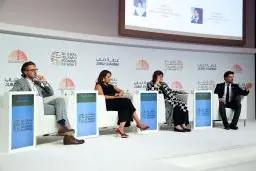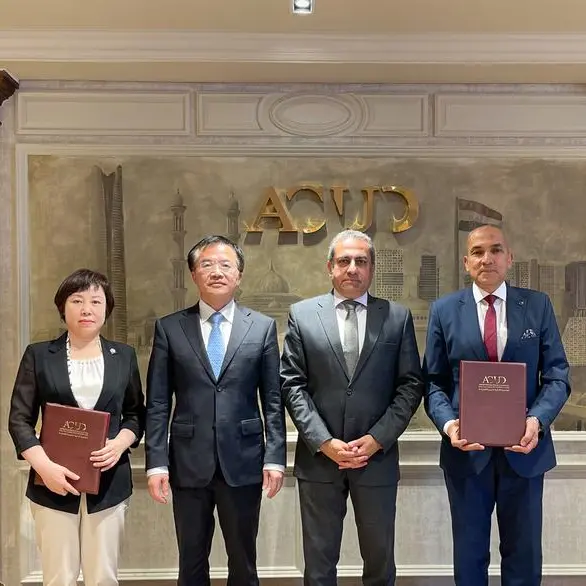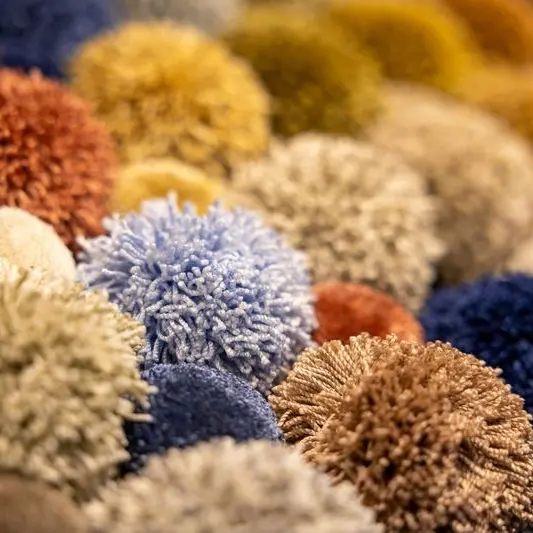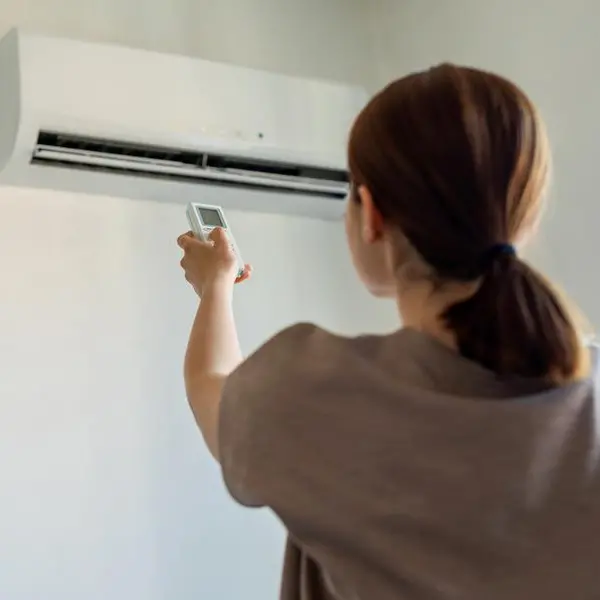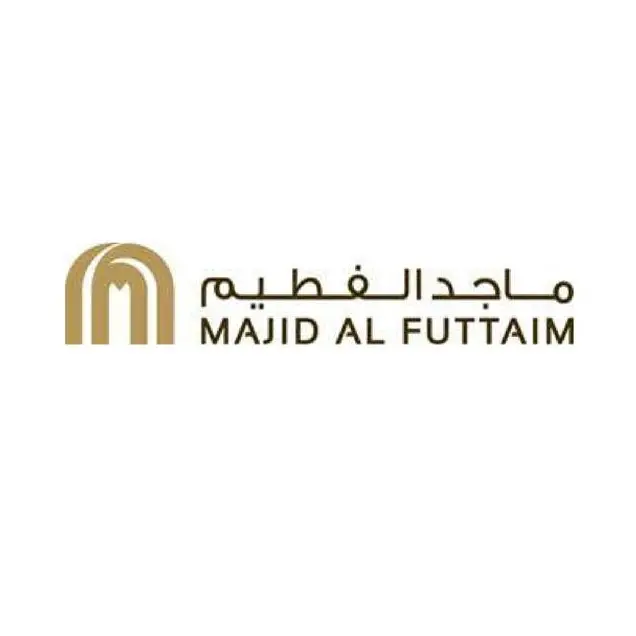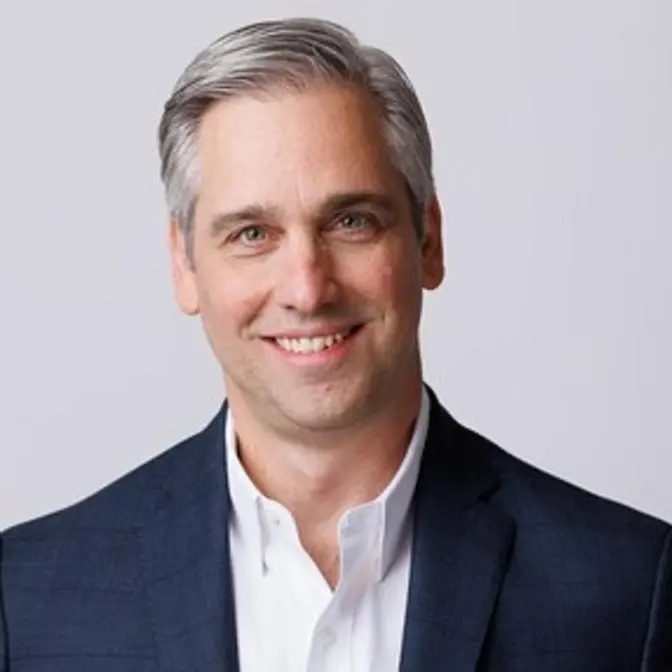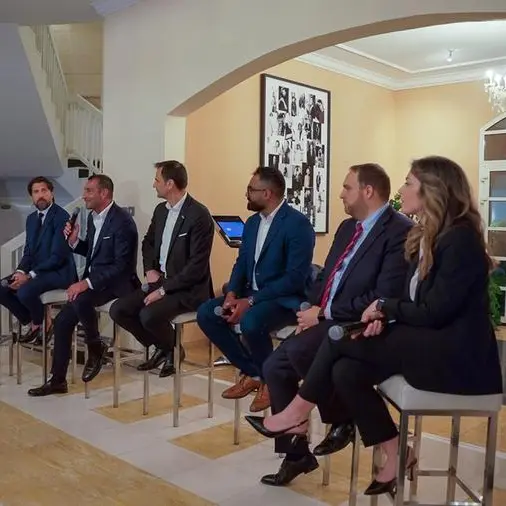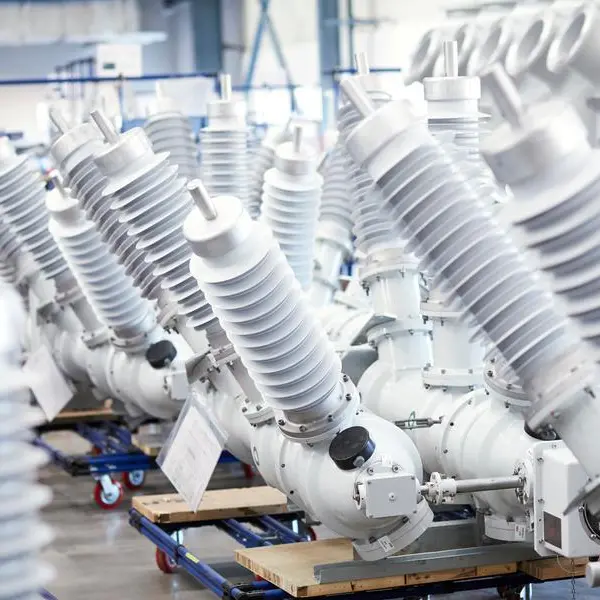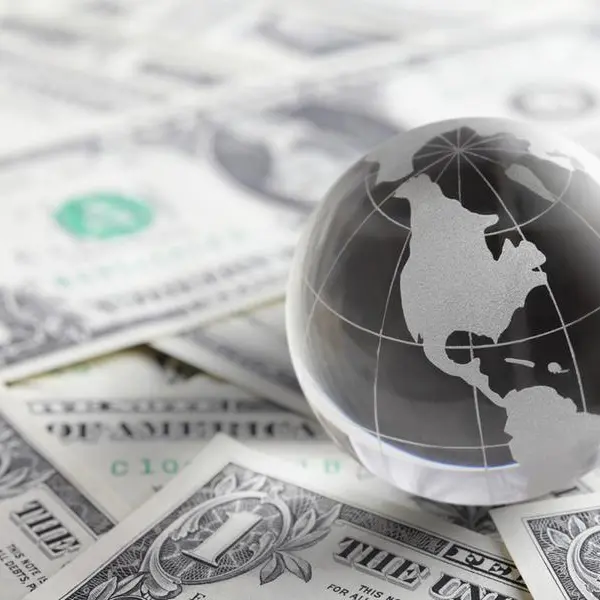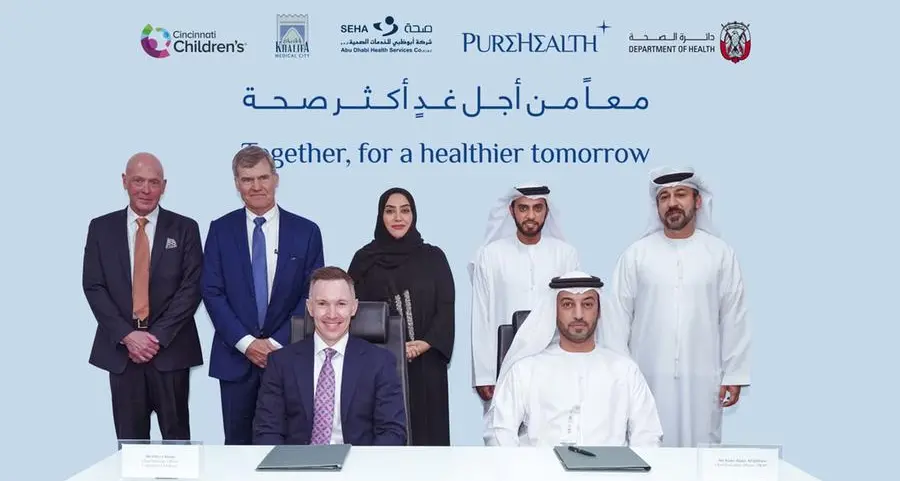PHOTO
Ahmed Salim: Islamic art breaks the negative stereotype associated with the word 'Islamic' in the world
Yannick Lintz: The Louvre Paris will lend its expertise to the Abu Dhabi branch, offering advice on how, where, and when to buy pieces of Islamic art
Giuseppe Moscatello: Art institutions like Maraya Art Center constitute a soft power. This, in the long run, will reflect positively on the country's economy
Mai Eldib: Art from the region remains undervalued because the modern art scene is still developing. However, events like Art Dubai are placing local and regional artists on the international map
Dubai, October 12, 2016 – Day one of the Global Islamic Economy Summit 2016 included a panel discussion on Islamic Art, its evolution and appeal to investors.
The session was moderated by Ahmed Salim, Founder of 1001 Inventions UK, an award-winning international science and cultural heritage organisation that raises awareness of the creative golden age of Muslim civilisation. Panellists, meanwhile, included Giuseppe Moscatello, Art Director at the UAE’s Maraya Art Foundation, Mai Eldib, Consultant at Sotheby’s Egypt, and Yannick Lintz, Islamic Art Director at The Louvre Museum in Paris, France.
“In 1001 inventions, we’re trying to make the history and image of the region more accurate and positive,” Salim began the session. “Islamic art breaks the negative stereotype associated with the word ‘Islamic’ in the world – particularly, the West.”
Yannick Lintz, meanwhile, explained: “The nine million visitors the Louvre receives every year know very little about this golden age of civilisation. Opening the Islamic art wing in the museum was part of an effort is to promote Islamic art on the same level as European art. Islamic art has been in Europe for centuries; in fact, on of the session we organised at the museum was about Islamic art in France, where we displayed items of Islamic art found among churches’ treasures in small cities in France.”
“We have one of the most important collections of Islamic art in the world, with more than 20,000 pieces originating from anywhere from Spain to India. The Louvre is housed in an old palace, but for this new department, we introduced a new room designed with contemporary architecture,” Lintz continued. “The department has seen more than three million visitors since its inauguration in 2012 – this is no small number. What is more, we are always working to develop programmes outside the confines of the museum itself. We now have accords with museums in the Islamic world in places like Cairo, Tehran, and Istanbul. The time is now to create an international network of directors of Islamic arts museums.”
Lintz went on to speak about the Louvre Abu Dhabi, citing that the prestigious Parisian institution will lend its expertise to the burgeoning UAE branch, offering advice on how, where, and when to buy pieces of Islamic art to add to the museum’s current collection of 300 pieces. The larger the local collections grows, she noted, the less the Louvre Abu Dhabi will depend on pieces coming from France.
Giuseppe Moscatello, for his part, explained that art institutions like Maraya Art Center constitute a soft power. “This, in the long run, will reflect positively on the country’s economy,” he noted. “The art scene in the UAE – and the region – is looking at positive growth, seeing as a majority of the population in the Gulf is under the age of 30, and many young artists are emerging. These artists are most often represented by galleries, which is important to further their careers, and the government is supporting our efforts.”
“Most our projects reflect what Islam is today,” Moscatello added, elaborating about one specific exhibition where mostly non-Muslim artist were asked to represent Islam in a work of art. “The exhibition explored how Islam is viewed internationally. We were basically asking ‘what is Islam to you?’”
Meanwhile, Mai Eldib, began by making a distinction between two concepts that fall under the term Islamic art: first, there’s the art from the era of the Islamic empire and until the year 1900, which is mostly sought after by Western buyers, and then the post-1900 Arab and Iranian art, which is not necessarily created by Muslims but by anyone living in the Middle East region regardless of religion – this segment sells more in the MENA region.
“When it comes to investing in art, it’s a tricky discussion,” Eldib admitted. “Art doesn’t yield dividend like bonds or stocks, yet it is now very much coveted as an asset. Art from the region remains undervalued because the modern art scene is still developing. However, events like Art Dubai are placing local and regional artists on the international map. Once an artist surpasses their niche aspect of being an Egyptian, Saudi, Emirati, etc. artist, the value of their art goes up.”
Salim and Eldib wrapped up the session by agreeing that “now is a good time to buy Islamic art”, seeing as the market is calibrating and more events and initiatives are being put forth to advance the sector in the UAE and the region – initiatives such as Creatopia, which works to connect artists in different areas to form a creative network and community.
-Ends-
© Press Release 2016
